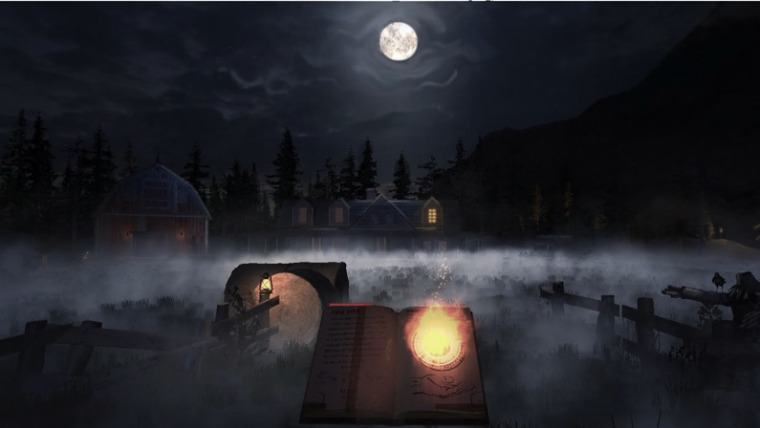
Playing a video game today is like stepping directly into a new world. The gamer becomes a character that reacts to its environment, learns through experience and improves their skills over time. Imagine how dynamic that world would be if the secondary characters in the game could also evolve and learn.
Enter Titan1Studios and Saskatchewan Polytechnic’s Digital Integration Centre of Excellence (DICE).
Founded in 2016, Titan1Studios is an award-winning cross media studio specializing in original content for graphic novels and television and is now entering into the video game sector.
DICE operates under Sask Polytech’s Office of Applied Research and Innovation and is staffed with highly qualified specialists and technologists experienced in providing digital solutions focused on data. This includes asset management and monitoring; cybersecurity; internet of things; time-sensitive networking and mesh communications and control.
“Titan1Studios is very artistic and have developed some phenomenal graphic novels with diverse characters,” explained Terry Peckham director of DICE. “They came to us asking for assistance on the technology side. They want to make their non-player characters more interactive.”
As the playable character moves through the game, they encounter secondary characters known as non-player characters (NPC) that add to the story and complexity of the game.
“Imagine the player comes across an enemy. If that enemy is programmed to survive it will go and hide in a corner and achieve that goal – survival – but it’s not very exciting,” said Peckham. “On the other hand, if that enemy has been programmed to destroy other players it will just go out and defeat them in a couple of seconds. That’s easy to program but again, not very exciting.”
“What we want to do is make the non-player characters game smart. We want them to interact with the other players, learn from them and respond appropriately.”
So, while the enemy’s main goal may still be to defeat the player it could challenge it and win, lose or draw. Subsequently, the NPC may change over time based on the actions of the player, adding to the difficulty of the game based on the skills of the player. The secondary characters could even react to voice recognition, commands and gestures.
“We want to create next-generation engagement for players through their interactions with NPCs that will self-improve,” confirmed Rathan Moorthy president and CEO of Titan1Studios. “This will create a dynamic user experience that will change over time and improve replay ability for the player.”
By partnering with DICE, organizations have access to outstanding computational facilities, faculty expertise, and talented student researchers, along with research and development funding and a vast network of connections. The DICE team of specialists and technologists are all experienced in providing digital solutions focused on data across a spectrum of industries.
Based in Toronto, Titan1Studios has developer resources in Saskatoon that introduced them to DICE. Titan1Studio reached out to DICE for it's expertise in AI and machine learning and has been able to tap into funding available through the Natural Sciences and Engineering Research Council of Canada (NSERC).
While DICE has assisted on numerous tech projects, this is the first collaboration in video games.
“It’s very exciting,” said Peckham explaining that currently one employee is assigned to assist with the development of the project but that he expects additional staffing and resources to be allocated as things move forward. “We are hoping this will lead to more video game and artificial intelligence development work,” said Peckham.
The initial work with Titan1Studios has a target release date of summer 2022.
To learn more visit saskpolytech.ca/dice.
Published Oct 2021

